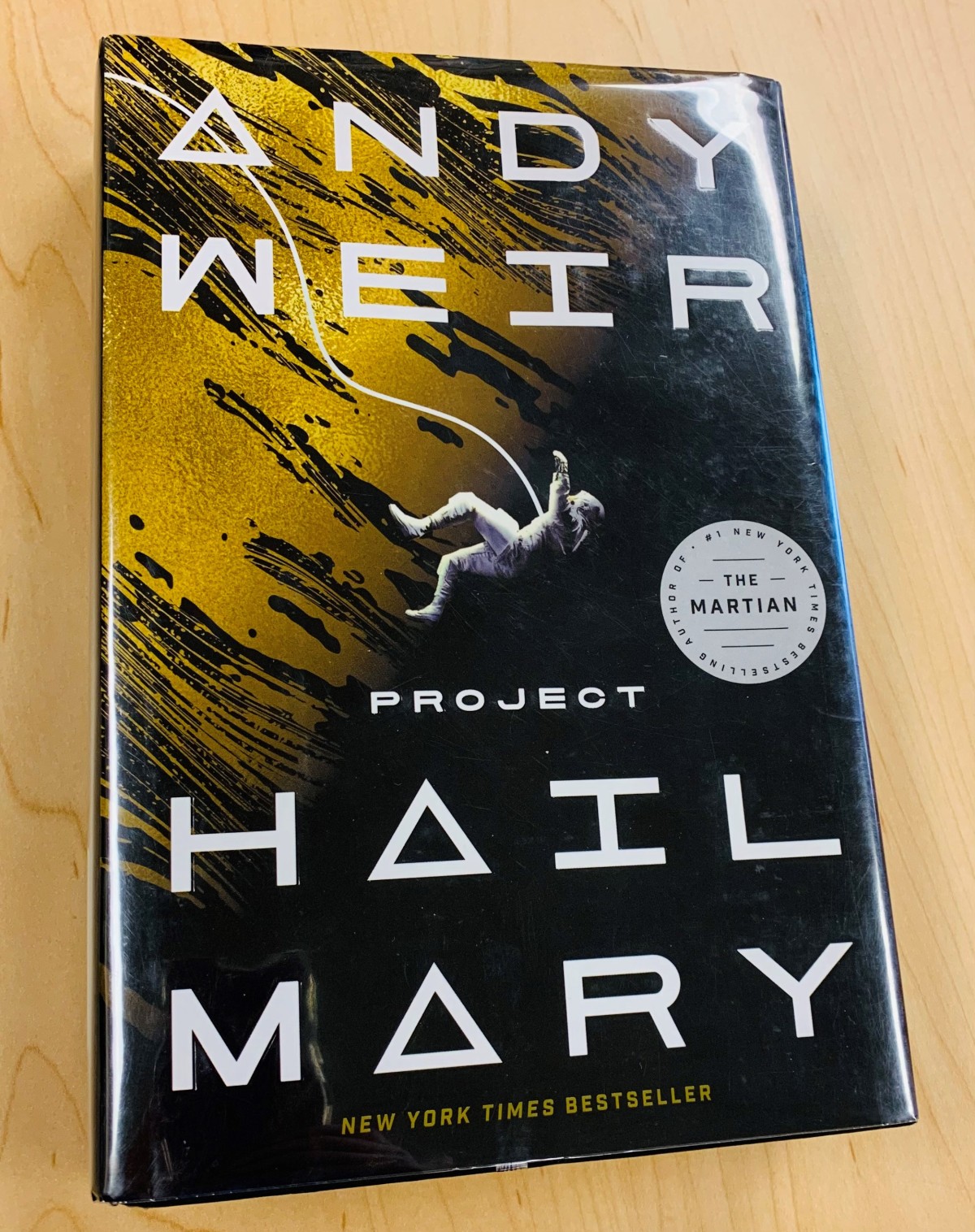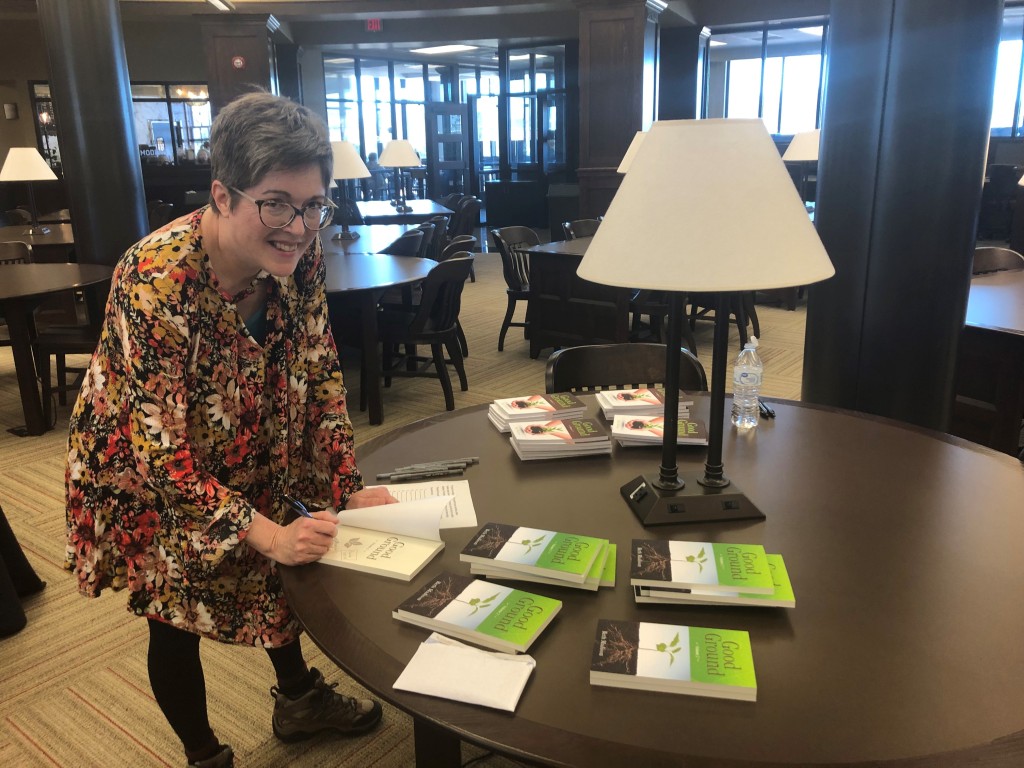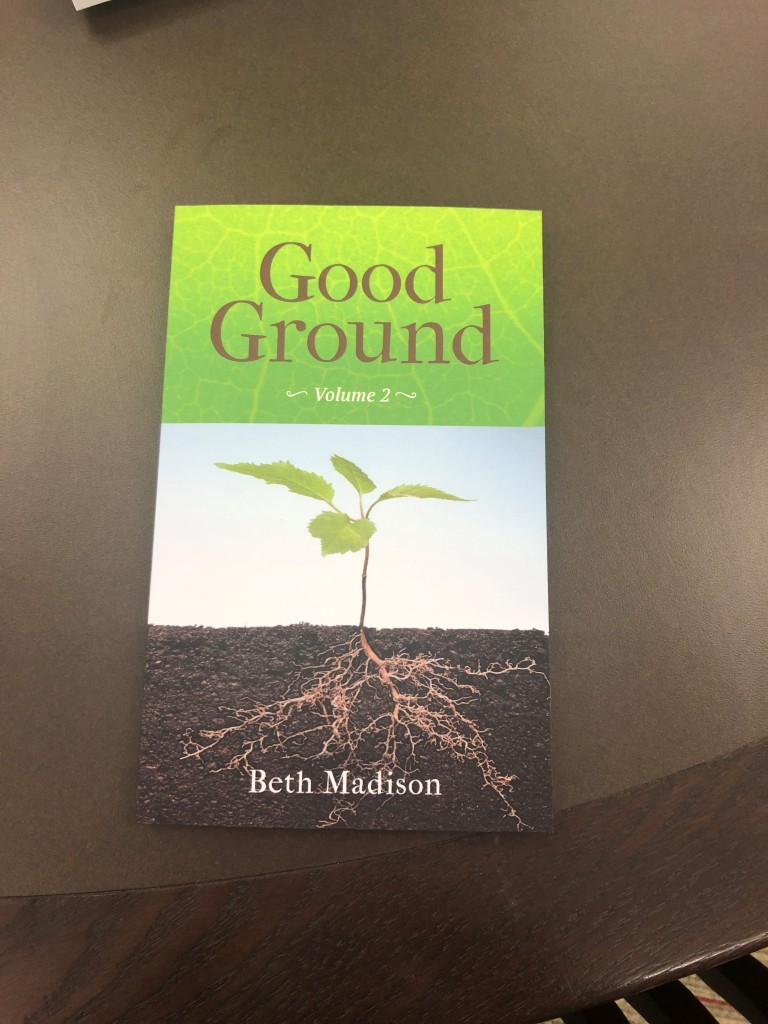The library staff book club recently read two books. The ladies read Where the Crawdads Sing by Delia Owens, while the men read Project Hail Mary by Andy Weir. In this blog, we will focus on Where the Crawdads Sing, a novel about Kya, better known as “The Marsh Girl.” Abandoned at a young age by her entire family, Kya has grown up as an outcast in the marshes of a North Carolina town. The story delves into her journey as she comes of age and falls in love, despite her lonely circumstances. When the golden boy of the small town, Chase Andrews, is found dead at the bottom of the fire tower, seemingly murdered, Kya becomes the number one suspect. Alternating between the present and the past, the novel includes romance, mystery, and many scientific facts about the ecological value of marshes and the wildlife within it.
The ladies of the library staff book club share their thoughts and opinions about the Where the Crawdads Sing below.
What did you think of the writing style and dialect used throughout the novel? Did you enjoy the long, descriptive passages, or would you have preferred less of them?
Sarah Blevins, Circulation Associate, answered: Personally, I’m not really a fan of dialect in writing. I overall managed to look past it, although I did have to read some parts of dialogue twice. Some descriptive passages felt more like nature texts than fiction in my opinion. Given the author’s background as a wildlife scientist, it made sense, but it did take me out of the story a little bit.
Rachel Bloomingburg, Circulation Manager, answered: I was fine with the dialect used. I felt like it fit the setting and time period the characters were in. While they could be a little long, I liked the descriptive passages. It helped me better visualize the area and see the beauty in it.
Sara Hand, Circulation Associate and Administrative Secretary, answered: At times the dialect used by the characters felt unnecessary to me. I don’t think most people who live in the south have such heavy dialects. However, I could overlook it for the most part. I have never been a fan of long, descriptive passages, so I mostly skimmed the parts describing all the scenery. Honestly, if we weren’t reading this novel for book club, I probably would not have taken the time to read it because of all the scenery descriptions.
Melissa Moore, Library Director, answered: I really liked this book. I found it very readable, and the descriptions were necessary for me to visualize the North Carolina marshes, as I didn’t have any life experience that was similar and they were so important to Kya—almost an extension of her or an outwardly visible part of her personality.
Amber Wessies, Instruction Librarian, answered: I didn’t mind the writing style or dialect. Although some of the nature passages were a bit long, I do think they helped me imagine where Kya was living and how she experienced the world. I think both the dialect and nature passages fit with Kya’s character and the novel overall.
Were you able to emotionally connect with the characters and believe in the relationship dynamics? Why or why not?
Sarah Blevins answered: I did. I was pretty invested in Kya’s story. I felt sorry for her, given all she goes through over the course of the book. I was invested to see what happens.
Rachel Bloomingburg answered: Maybe not all of them, but there were some like Jumpin’ and Mabel that added a lot to the story for me. Kya had been left alone and if she hadn’t had their care, I don’t know how well she would have survived. They, along with Tate, helped me think about the importance of quality over quantity when it comes to relationships.
Sara Hand answered: The romantic relationships never felt authentic to me. The dialogue between Kya and her two love interests (Tate and Chase) seemed awkward at times. But I did think Kya’s relationship dynamics with her family members, as well as Mabel and Jumpin’, felt well written and believable. I watched the movie version of Where the Crawdads Sing about six months ago, and I thought the characters in the movie were more fleshed out than in the book.
Melissa Moore answered: Yes. My heart grieved for Kya and her loneliness, her lack of family. I was disappointed in Tate too – that he waited years to come back, knowing what she had been through with her family, especially her mom and brother. I don’t know that he would have gotten the same reception from me if I were in her shoes!
Amber Wessies answered: I would say I connected with Kya but maybe not as much Chase and Tate. I wouldn’t necessarily say the romantic relationships were realistic, but I do think they reflect Kya’s character. I think she would have easily fallen in love with a man who always took care of her and showed an interest in her interests. And I think she could have easily been taken advantage of by a man who treated her well on the surface but was really just using her. Kya’s lack of interaction with other people throughout her life made it seem possible for both relationships to happen.
In an ideal world, what would have been the best intervention for Kya? If you were in the shoes of the social workers, how would you take care of her?
Sarah Blevins answered: Honestly, it surprised me that the social workers tried once or twice and then gave up. I felt like they should have taken more action to place her in school or, at the least, make sure she was okay. Ideally, I think they should have tried harder to connect with her–she had been through a lot because of her family and deserved to grow up in an actual home.
Rachel Bloomingburg answered: It’s hard to envision leaving a child alone nowadays without care, but I don’t know how well she would have been accepted and taken care of in the time and place she was living in due to the prejudice they had towards her. The marsh was the place where she felt safe, and in the story, characters like Jumpin’ and Mabel took care of her as much as they could even though they didn’t live with her. For her situation, I think being able to stay in the marsh was the best thing for her.
Sara Hand answered: I know Kya was quick and hard to catch, but it would have been nice if the social workers had occasionally left food or clothes on her doorstep. It seems like the least they could have done under the circumstances.
Melissa Moore answered: When she was young, she certainly needed help. I was so thankful for Jumpin’ and Mabel! I like to think that if I had been the social worker in charge of her case, I would have pursued her more diligently and tried to develop a relationship with her so she would trust me. I know nowadays that social workers have too many cases to do that sometimes, but I don’t think that was at play in the novel (set in the 1950s-1960s); I think the social workers fell for the local mentality that the Marsh Girl was loopy and to be avoided or mocked.
Amber Wessies answered: This is a difficult question; I do think Kya needed to be with adults. However, I am not convinced the adults in her town would have done right by her if she had become a ward of the state. I think in some ways the truancy officer and the store clerk cared about her but not enough to do anything drastic to help Kya. If this book had taken place in a different time period, I think Jumpin’ and his wife would have done more to take care of her. Ultimately, her life worked out fairly well and albeit more animalistic than other people’s. I don’t think it would have worked out this way in real life though.
You can find Where the Crawdads Sing in the Recreational Reading section of the library.










